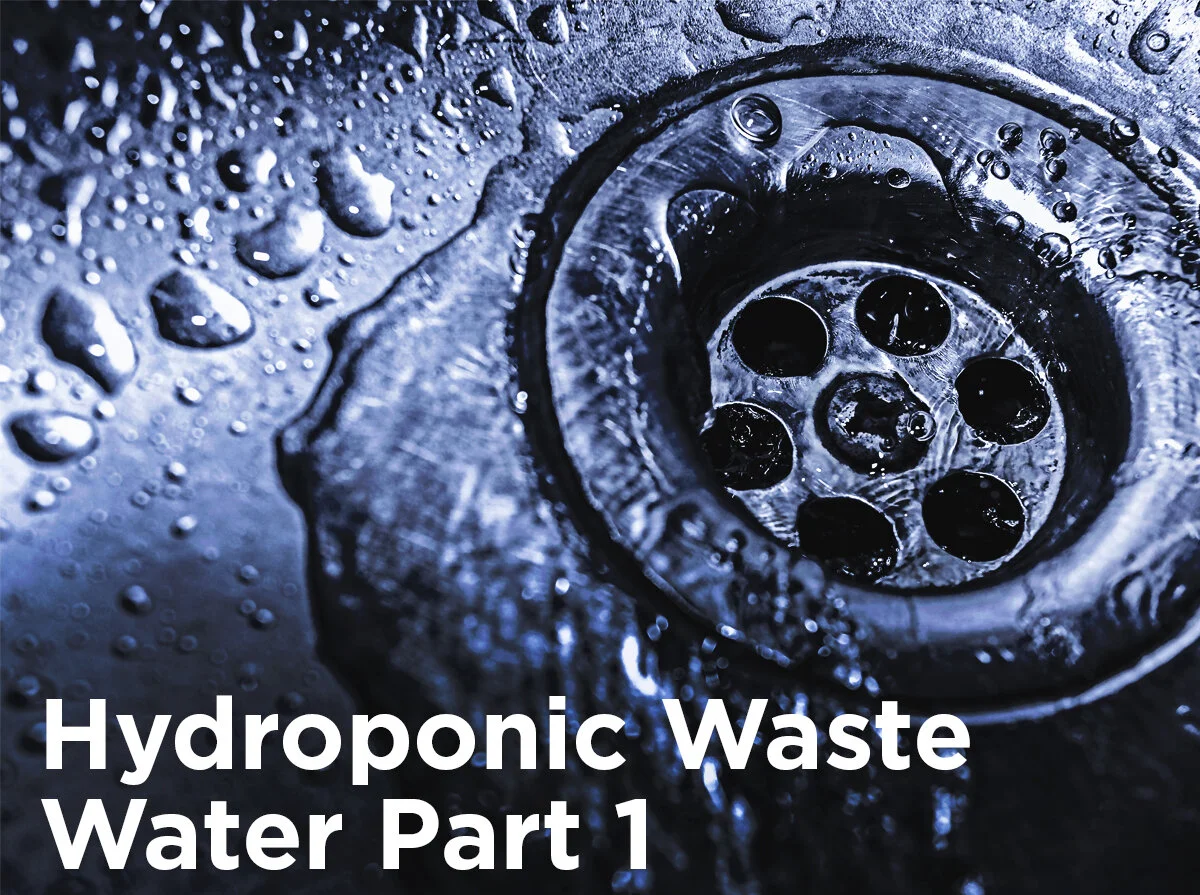Hydroponic Waste Water, Part 3
Welcome back! This is the third installment of how-to handle the water left over from your hydroponic system. While I love the summer because the ice cream man comes to my house every day, we definitely don’t see rain as often as that. Responsible water management with our hydroponic system will help us save water for our lawns and gardens and reduce our environmental impact. And it’s not just kind to nature, but also to your wallet. Saving on your water bill each month means more money for Ninja Turtle pops.
The Dubious Dehumidifier
95% of the water used by plants is evaporated through the leaves as a cooling mechanism. Therefore, with larger hydroponic systems we use dehumidifiers to control excess humidity in our grow room or greenhouse. The water you remove from the dehumidifier may look clean, but don’t be fooled. Dehumidifiers typically use metal coils which can leave trace amounts of copper or aluminum in the condensate. While not deadly toxic like heavy metals, we still don’t want this building up in our system. Unless you keep your dehumidifier surgically clean, odds are there’s a bit of bacterial build up in there as well. Now don’t panic. The black plague is NOT growing in you dehumidifier. It’s no more than bacteria and dust naturally in the air. Just don’t drink it and be sure to clean your unit regularly.
Even so, we don’t want to introduce anything sinister into our hydroponic system if we can help it, so be sure to run the condensate through your RO filter before putting it in your hydro reservoir. It should remove the particulates and bacteria and will save you significantly on tap water. Furthermore, by reusing the condensate, it is conceivable that the same water molecules can pass through the same plant over and over throughout its life in the grow room. Pretty cool, huh?
If you are still concerned about recirculating the condensate, other uses for it include the following: filling toilet tanks, presoaking laundry before putting it in the washer, and using in steam irons. You can even reduce your water bill by pouring it directly onto your lawn. Your grass will thank you for it.
Sweet Simplicity
After just a few easy steps, you can relax knowing your system is efficient and safe. Whatever waste water comes from your system, you can feel good that it won’t actually be wasted. Don’t forget that, when choosing parts or accessories for your system that will help it run smoothly, our sunny-dispositioned staff is available to help. Be sure to look for Part 1 and Part 2 on how else you can save water safely and effectively. I’m off to get a Big Dipper cone.
What is your favorite summertime ice cream treat? Leave a comment below or give us a shout out on Facebook, Twitter, LinkedIn, or Pinterest!
Sources:
http://atlasbutler.com/heating-and-cooling-repair/4-ways-reuse-dehumidifier-water/
http://garden.org/nga/searchqa/answer/16716/
http://news.stanford.edu/news/2005/march16/gulf-030905.html
http://www.scientificamerican.com/article/fertilizer-runoff-overwhelms-streams/








